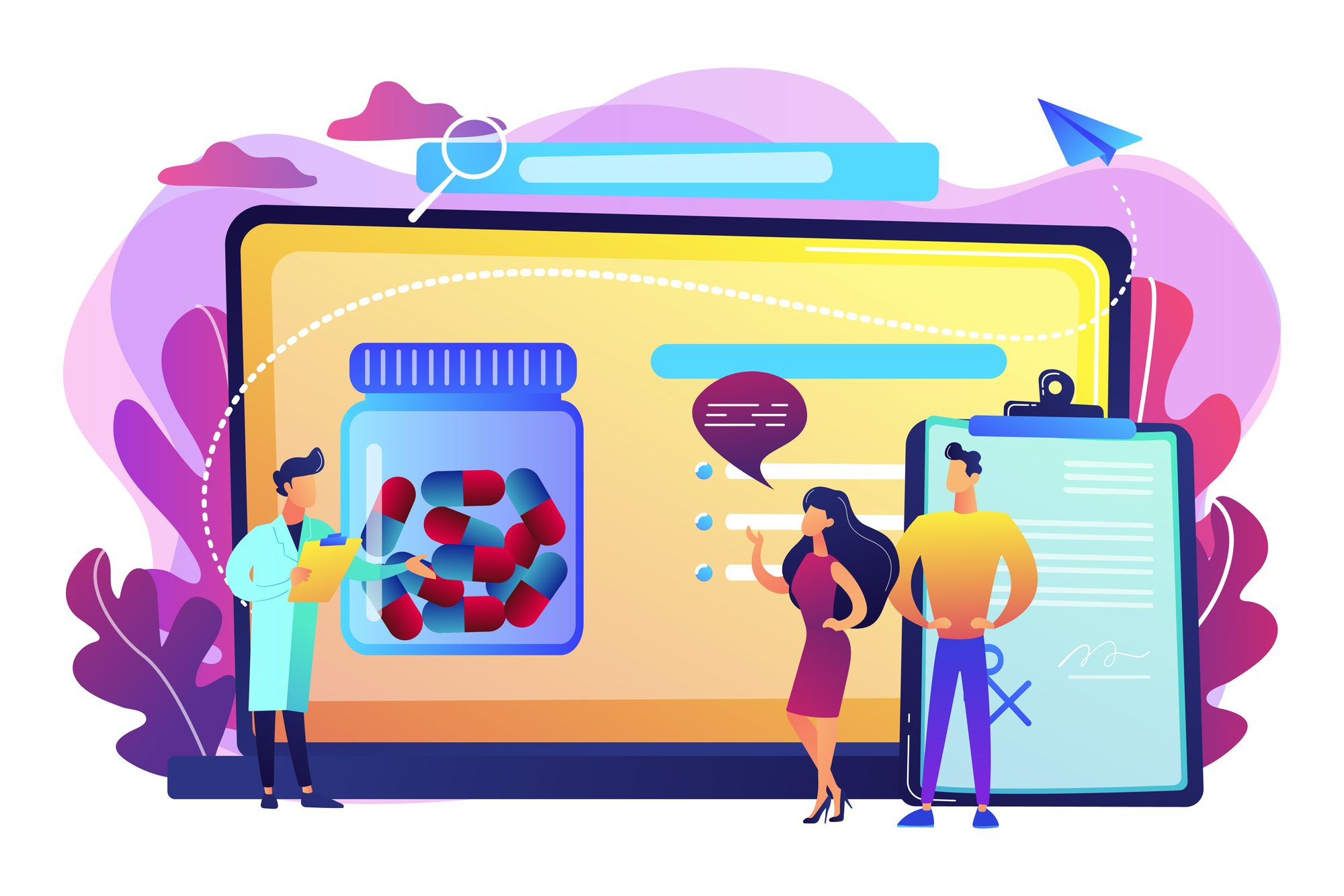Optimizing Pharma Sales Force Effectiveness: 8 Strategies for Success


Executive summary: This article explores 8 essential strategies to help pharmaceutical companies maximize their sales force effectiveness.
They are:
In the face of intricate market dynamics, stricter regulations, and prolonged drug approval processes, pharmaceutical companies are turning to strategies that enhance their sales force efficiency.
This article explores 8 essential strategies that can help pharmaceutical companies maximize their sales force effectiveness, align their teams, and thrive in a dynamic market environment.
Pharmaceutical Sales Force Effectiveness (SFE) refers to the strategies, processes, and initiatives that pharmaceutical companies undertake to maximize the efficiency and productivity of their sales teams.
It involves optimizing the performance of pharmaceutical sales reps and managers to achieve sales goals, enhance customer engagement, and ultimately drive revenue growth.
SFE encompasses a range of activities, like:
Here are eight key strategies that pharmaceutical companies can employ to enhance the efficiency and productivity of their sales teams:
Effective sales management starts with aligning the metrics tracked by sales teams with the overarching goals of the pharmaceutical company.
Choose KPIs that align with your objectives and are easily understood by all stakeholders. For example, if a particular product or brand is the top priority, then the KPIs associated with that brand should be the focus of daily, weekly, and monthly reporting.
This alignment ensures that every action taken by sales reps contributes directly to the most critical objectives of the company.
Additionally, the measurement of SFE has evolved from basic metrics like revenue and interactions with healthcare professionals (HCPs) to more advanced measures.
They are now divided into two broad categories – lead and lag metrics.
Lead metrics are performance indicators that measure the activities and efforts undertaken by individuals or teams. They are leading indicators because they predict future outcomes.
Lag metrics, on the other hand, are performance indicators that measure the outcomes or results achieved as a consequence of certain actions. They are called lag indicators because they reflect historical performance that has already occurred.
Sales reps often struggle with an overload of metrics and information, leading to decision fatigue.
To combat this, highlight the essential KPIs that drive success and help reps maintain focus. Regular reminders and updates keep reps on track and motivated.
By streamlining the data that reps interact with, companies can guide their efforts toward the most impactful actions.
Building effective sales habits involves a combination of cues, routines, and incentive compensation.
Incorporating behavior science tools can help sales leaders instill high-performing behaviors in their teams.
By identifying triggers that prompt specific actions, establishing consistent routines, and providing positive reinforcement, companies can help sales reps develop repeatable habits that drive success.
Amid shifts in the healthcare landscape, the pharma industry's product-centric approach has evolved.
Paying close attention to customer expectations has become a competitive necessity. Employing digital omnichannel strategies and maintaining a robust Customer Relationship Management (CRM) system enables personalized interactions.
A customer-centric approach and granular insights allow for tailored engagement strategies.
Insightful data loses its value if it's not accessible.
After refining your strategy and identifying key KPIs, construct a management solution that serves your teams' needs. Design a single-source reporting dashboard that consolidates all crucial data.
If you have an existing business intelligence system, leverage resources to expedite report creation and action-oriented insights.
While high achievers and underperformers often receive significant attention, middle-tier or average performers are sometimes overlooked.
However, this group constitutes a substantial portion of the team and has the potential for significant growth.
By providing consistent attention, feedback, and guidance to these individuals, you can unlock hidden potential and improve team performance.
Read: How to train pharma sales team?
For sales representatives on the move, data accessibility is paramount.
Equip them with a mobile-responsive SFE dashboard that offers personalized and contextualized information.
Ensure the dashboard's responsiveness across various devices, empowering your sales force to make informed decisions in real-time.
The role of area sales managers in pharma is critical in guiding their teams.
Providing sales managers with real-time insights into individual performance empowers them to offer timely feedback, appreciation, and guidance.
Recognizing and addressing performance trends promptly can prevent minor issues from escalating and ensure that all team members are aligned with their targets.
Amid challenges, pharmaceutical companies can navigate the industry’s complexities by optimizing sales force effectiveness.
As we conclude this exploration, it's evident that the path to success requires a comprehensive approach. Defining clear objectives, aligning metrics with organizational priorities, and understanding customer expectations lay the groundwork for impactful change.
By strategically implementing these five approaches, pharmaceutical companies can stay afloat and thrive in an ever-changing landscape.